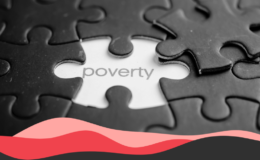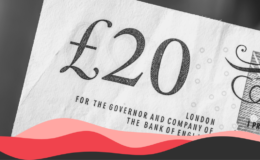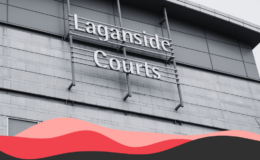- At the time of the claim, those figures were correct.
- However, planned budget cuts for the Arts Council of Northern Ireland have since been reduced – and exchange rates have also changed.
- Arts funding in Ireland is now closer to four times higher than in NI, rather than five.
- It’s worth noting that the Arts Council of Ireland has a slightly wider funding remit than the equivalent body here.
On 10 May, the Arts Council NI claimed on Twitter:
“Our Director of Arts Development @Gcampbellini & Director of Strategic Development & Partnerships @karlygreene highlight the disparity in arts funding (per capita, NI: £4.72; RoI: £22.50) at the Oireachtas Joint Committee on Tourism, Culture, Arts, Sport & Media.”
This tweet referred to a committee hearing in the Oireachtas in Ireland, featuring evidence from Arts Council of Northern Ireland (ACNI) Director of Arts Development, Gilly Campbell.
The figures provided were correct at the time – but have since changed, thanks to a less severe budget cut from the Department for Communities (DfC).
It is also worth noting that central arts funding in Ireland also includes support for architecture, which is not the case in Northern Ireland.
However, bearing all this in mind, the claim is backed by evidence.
- Funding pictures
FactCheckNI asked the Arts Council NI to provide us with a breakdown of funding comparisons per capita between NI and Ireland. The details they provided us with are here:

National Grant in Aid Comparisons (ACNI, 2023)
(Please note, this table contains a couple of typos – including for the grant in aid figure for Ireland, which should read €130m not £130m, hence why the figure requires conversion into pounds sterling for direct comparison).
These figures are different from those mentioned at the Oireachtas committee on 10 May. Why is that?
- Budget cuts and exchange rates
The Arts Council NI told FactCheckNI that, in early May, it was working on the assumption that its budget faced a 10% cut for 2023-24. DfC has since reduced this to a 5% cut, meaning that per capita expenditure is now higher (£5.07, compared with £4.72 mentioned at committee).
The figure for overall grants funding in Ireland – €130m – remains the same, and is confirmed here by the Irish Arts Council (An Chomhairle Ealaíon), but currency exchange rates are subject to change.
Back on 10 May, £1 was equivalent to €1.1493, which means that €130m was worth around £113.1m – or around £22.50 per head of population, as per the claim.
At the time of the claim, Ireland’s per capita arts spending was £22.50, which is around 4.8 times larger than NI’s equivalent figure of £4.72, meaning the original claim was supported by evidence.
- Lottery Funding
This check focuses on statutory funding. However, it should be noted that other grants for the arts are available, including via third-sector funders, other philanthropy and private donations. It’s also worth noting that, in NI, substantial National Lottery funding isadministered by ACNI.
For the calendar year 2022, ACNI received £9,668,494 to support 709 grants. Arts Council of Wales received £20,358,840. Creative Scotland received £17,274,297. (Arts Council England received £96,191,382.)
- Wider context
This funding disparity is not a sudden or new development. FactCheckNI assessed a claim about arts spend across the UK and Europe back in October 2019.
ACNI’s response to the Northern Ireland Executive’s budget for 2021-22, which was published in February 2021, contains the following table comparing per capita arts spending:

ACNI’s response to the 2021-22 budget said further:
“Despite fulfilling almost identical functions, spending comparisons with other regions of the United Kingdom and in the Republic of Ireland demonstrate the extent of underinvestment in the Arts in Northern Ireland. Northern Ireland has the lowest levels of per capita Government spending on the Arts, and the disparity of funding continues to grow. Based on 2020/21 budget, the Arts Council of Northern Ireland receives only £5.38 per capita, contrasting sharply with Wales at £10.41 and the Republic of Ireland £28.52.”




